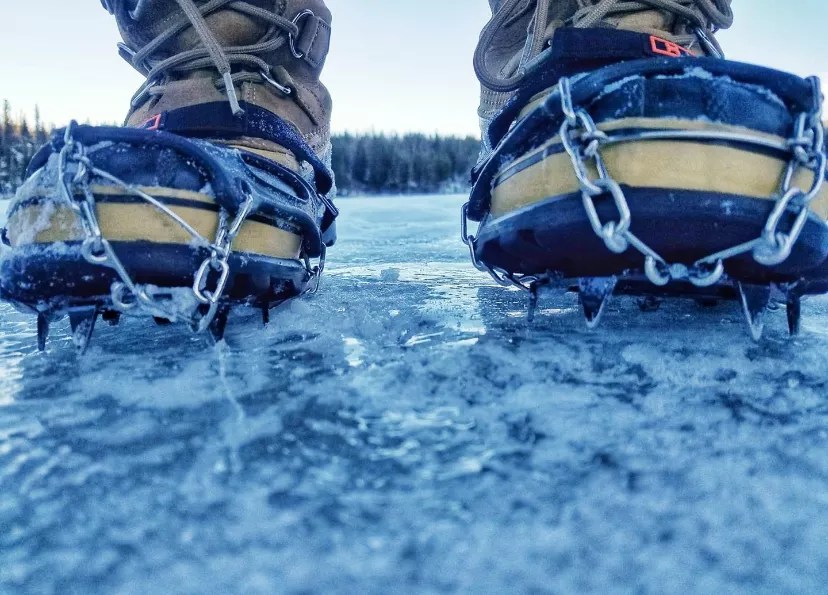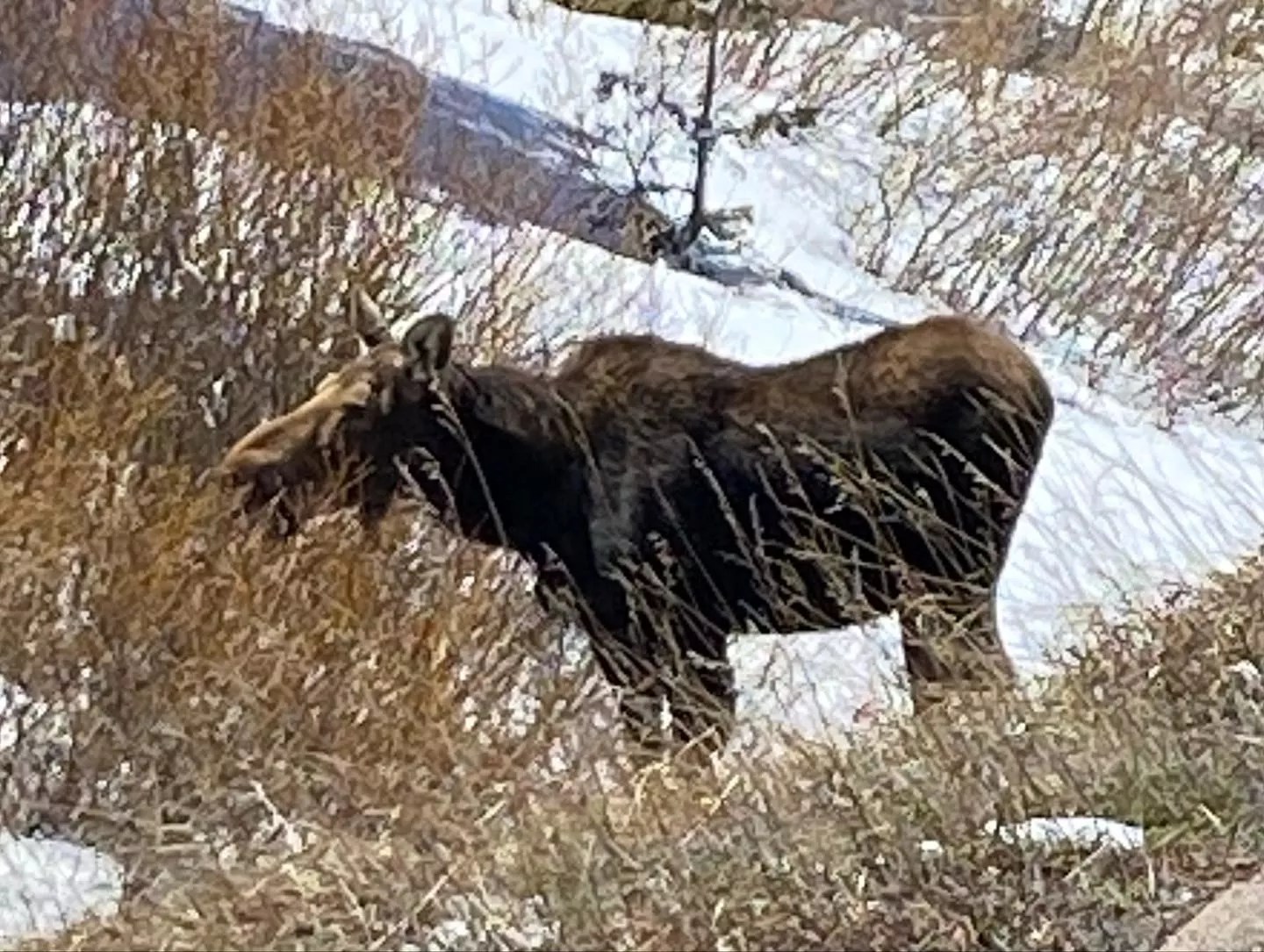
JP Moore

Audio By Carbonatix
Rocky Mountain National Park offers beauty and fun for every season – especially in the winter. But no matter what time of year you visit, it is essential to plan ahead and be prepared. Here are five tips for visiting RMNP this winter: Microspikes fit perfectly over your hiking boots for better traction on snow and ice. JP Moore
Got Traction?
Both your hiking boots and your vehicle will likely need traction devices during the winter months.
Will you step up to support Westword this year?
At Westword, we’re small and scrappy — and we make the most of every dollar from our supporters. Right now, we’re $20,000 away from reaching our December 31 goal of $50,000. If you’ve ever learned something new, stayed informed, or felt more connected because of Westword, now’s the time to give back.
RMNP is known for snow-packed trails at 9,000 feet and higher during winter. It might be clear and sunny in Denver, but as you drive farther into the mountains, be prepared for the possibility of snow, ice or mud on the trails. Traction devices for your hiking boots help make winter hiking more enjoyable. Microspikes are perfect for icy, snow-packed trails, as they help you to have a better grip and not slide. In thick, heavy snow where the trail has not been packed down, snowshoes are often a good choice (and provide a good workout).
For your vehicle, it’s important to be aware of the traction laws that frequently occur within Colorado and the park itself. When road conditions become a bit dicey or treacherous, certain vehicle requirements become mandatory. When this happens, you must have properly rated tires (snow tires, all-season, etc.) with at least 3/16 of tread depth, plus all-wheel drive or four-wheel drive to enter the park. Otherwise, you must have chains on your tires. For more information about traction laws in Colorado, check the CDOT website.
Winter Camping
If you want a quiet and peaceful camping experience, winter camping at RMNP can be quite serene and perfect. Fewer crowds, less noise. Of course, it’s also far more cold. Dressing in layers is essential for hiking and camping in both summer and winter. Make sure to have a thin, sweat-absorption base layer, a middle layer (jacket or sweatshirt) and outer layer (such as a winter jacket and/or windbreaker shell). And, as my dad always says: If you protect nothing else; focus on your extremities – so pack insulated gloves, a warm winter hat and a good pair of wool socks.
For winter camping supplies, be sure your sleeping bag and tent are designed for winter conditions (e.g., falling snow, cold temperatures and strong winds). A portable camping stove is also a good idea to have to quickly heat a meal or hot beverage.
Camping at RMNP is only allowed in designated campsites. However, there are backcountry-designated sites as well as developed sites. While the largest campground in RMNP is currently undergoing renovations, Aspenglen Campground is the only developed campground that is open this winter season. Sites are first come, first served, and they are limited to one loop.
Note: During the winter, there is no water or electricity at any of these sites. You ALSO need a park entrance pass and a camping permit. Camping is $30 per night or $15 with a Senior National Park Pass or Access Disability Pass. For developed sites, you can purchase an entrance pass and/or camping pass at the entrance gate. For a designated backcountry camping pass, you must purchase it in-person at the wilderness office. For more information, check Rocky’s website here.
Speaking of Entrance Passes….
Coloradans: The extra $29 you spent on your car registration does not work at every park in the state. Your Keep Colorado Wild pass only works at Colorado State Parks…and not at RMNP.
If you see the Colorado Parks and Wildlife logo with the bighorn sheep, then your pass will work. If you see the National Park Service arrowhead logo, it will not.

Female moose foraging on willows inside Rocky Mountain National Park.
JP Moore
Get a Guided Experience
Do you want to go deeper and learn more about the history of RMNP, or the wildlife within the park? From January through March, you can join a ranger-led snowshoe excursion or animal tracking activity. Several licensed outfitters and tour companies on either side of RMNP would also love to show you around the park or assist in taking your adventure to the next level: Kirk’s Fly Shop offers guided fly-fishing lessons, while Tour Estes Park offers guided tours of RMNP as well as Wildside 4×4 Tours and Green Jeep Tours. Check out the Visit Estes Park website for more ideas and information. A Steller’s jay perched and puffy on a lodgepole pine. JP Moore
The Rocky Mountain Conservancy Offers a Winter Speaker Series
The Rocky Mountain Conservancy has been around since 1931, helping to promote land stewardship and education, as well as raise funds for RMNP. Every first and third Sunday through April, it is sponsoring a Winter Speaker Series. Topics include raptor monitoring, conserving the white-tailed ptarmigan, the Colorado Pika Project and a living-history presentation about the Steller’s jay. These events are free, but registration is required.